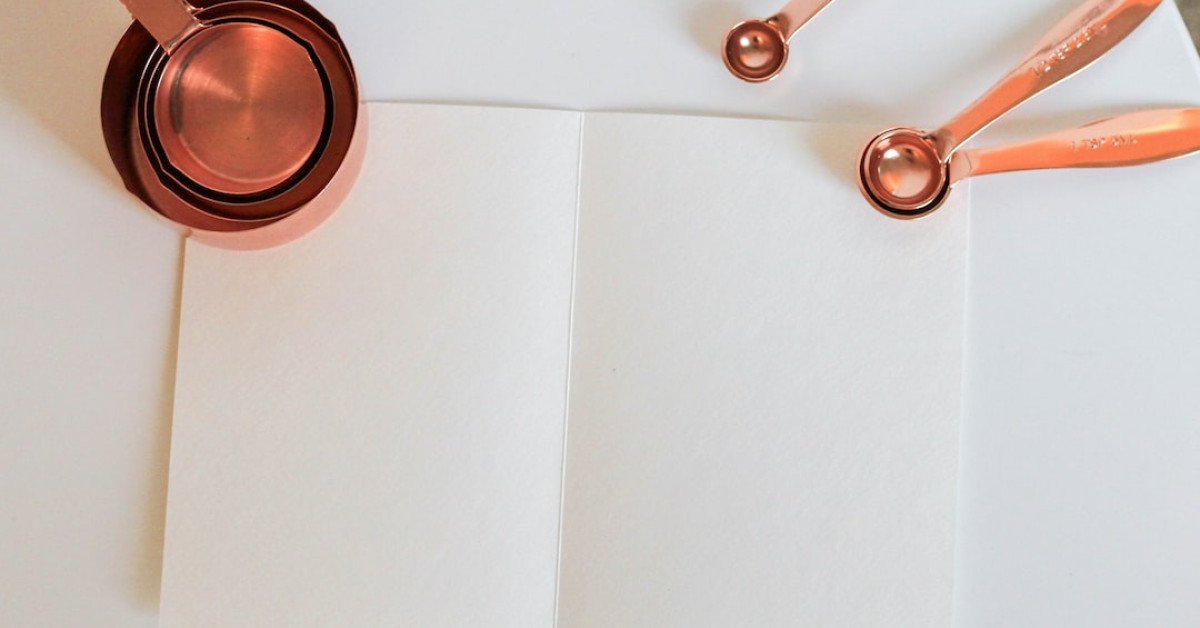Welcome to the ultimate guide on crafting rails in Minecraft, your stepping stone to expanding your gastronomic horizons within the endless possibilities of this beloved blocky universe. Cooking in Minecraft might not involve traditional food recipes, but preparing a well-laid rail system can be just as satisfying as a perfectly roasted chicken. This comprehensive article will be your sous-chef in understanding how to craft, use, and elevate your Minecraft rail systems for efficient food farming and transportation. From basic tracks to the more complex activator or detector rails, we’ll take you through the entire menu of options, ensuring you have the best quality content to help you master the minecart culinary commute.
Before you skip eagerly to the crafting table, let’s iron out some essentials. In the diverse world of Minecraft, rails are the skeletal framework for minecarts that players use for transport of goods, mobs, or themselves. With these metallic pathways established, players can efficiently manage their food farms, quickly shuttling produce from one point to another. Think of these rail systems as your logistics network in the world’s most pixellated gourmet kitchen.
Ready to delve into the intricacies of Minecraft rail recipes? Let’s get crafting!
Crafting the Basic Rail Recipe
Every chef knows the importance of mastering the basic stock before attempting a complex bouillabaisse. Similarly, setting up a functional rail system begins with understanding how to create the basic rail, which is the most commonly used track type in Minecraft realms.
Required Ingredients:
- Iron Ingots: The butter in your rail recipe, iron ingots are ubiquitous in the crafting process.
- Sticks: Like a dash of salt, sticks are simple yet essential for binding your rail components together.
Crafting Steps:
- Gather your materials: You’ll need six iron ingots and one stick to produce 16 rails.
- Access your crafting table and arrange the items as follows:
- Iron ingots in the left and right columns (top to bottom)
- Stick in the center slot
- Once placed correctly, 16 shiny rails will be ready for your culinary transport needs.
Laying the Groundwork: Railroad Placement
Understanding the Terrain:
Before laying down impress your guests tracks, it’s important to survey the land. Just as no good chef would set up shop without understanding their kitchen layout, you need to comprehend Minecraft’s terrains to optimize your rail system.
Strategies for Efficient Placement:
- Straight Lines: The simplest method, involving fewer resources and providing fast travel.
- Curves and Slopes: Use these for navigating tricky landscapes, but be mindful of minecart speed reductions.
- Elevations: A crucial factor in connecting different farming plots across varying heights.
Expanding Your Rail Recipe Book
With the basic rails mastered, it’s time to spice things up. Other types of rails add functionality and complexity to your system comparable to the layers of flavors in a gourmet dish.
Powered Rails: The Speed Boost
Just as a dash of chili can invigorate a dish, powered rails propel your minecart forward with zest.
Crafting Ingredients:
- Gold Ingots: The saffron in your rail recipe – rare and valuable.
- Redstone: The heat element – it’s what makes your powered rails sizzle.
Crafting Guide:
- Six gold ingots flank both the left and right columns in your crafting grid.
- One stick settles in the middle for stability.
- Redstone takes the bottom center slot – the igniter of your powered rail.
Detector Rails: The Sensitive Palate
Detecting the presence of minecarts, detector rails act like taste buds, signaling different reactions in your network.
Essential Components:
- Pressure Plate: This acts as your detector’s touchpoint.
- Iron Ingots and Redstone: You’ll need these staples to complete the crafting process.
Crafting Sequence:
- Two iron ingots take their position on either side of the middle row.
- A stone pressure plate fits snugly in the center.
- Redstone nestles at the bottom row, ready to detect any cart that passes over.
Activator Rails: The Secret Ingredient
Think of activator rails as the exotic spice that triggers a reaction when a cart rolls over, such as ejecting a player from their minecart.
Crafting Mix:
- Redstone Torch: A fiery addition to the rail recipe.
- Iron Ingots and Sticks: Your base ingredients remain consistent here.
Crafting Process:
- Place six iron ingots in both outer columns of the crafting grid.
- Redstone torches are set on both the top and bottom center slots.
- A stick holds the central position, consolidating your activator rail.
The Perfect Minecraft Rail System Design
Organizing your Minecraft kitchen — I mean, rail system — is paramount. Efficiency in transport mirrors the organized chaos of a well-run kitchen brigade.
Planning Your Railway Network:
- Throughput and Volume: Consider the amount of traffic and cartload, just as a chef considers dinner service rush hour.
- Stations and Stops: Design designated areas for loading and unloading, akin to food prep stations.
Designing for Functionality and Efficiency:
- Loop Systems: For continuous travel without manual direction changes.
- Point-to-Point Tracks: Simple and direct, minimizing resource use and maximizing speed.
- Automated Stations: Redstone contraptions that act like kitchen gadgets, increasing efficiency.
Surpassing the Recipe: Advanced Rail Tips and Tricks
Sometimes, a creative flair transforms a good dish into a culinary masterpiece. Here are some advanced strategies to enhance your rail system:
Boost Efficiency with Redstone Mechanics:
- Redstone Repeaters: Maintain the current in your powered rails over long distances.
- Comparator Updates: Signal strength adjustment can automate your rail functions with finesse.
Crafting a Redstone Repeater:
- Ingredients: Stone, Redstone Torches, and Redstone Dust.
- Method: Stone at the bottom row, Redstone torches flanking a central Redstone dust on the middle row.
Comparator Crafting for Advanced Users:
- Components: Quartz, Redstone Torches, and Stone.
- Technique: Quartz in the middle, surrounded by Redstone torches with a stone base.
Rail Safety: Keeping Your Culinary Caravan Secure
Just as a chef ensures kitchen safety, you need to keep your Minecraft rail operations hazard-free.
Preventing Accidents:
- Rail Enclosures: Protect your tracks from rogue mobs with walls or barricades.
- Lighting: Ward off spawning creatures that could disrupt your carts’ journey — think well-lit kitchens preventing accidents.
Safe Rail Practices:
- Regular Maintenance: Inspect tracks as you would kitchen equipment, repairing when necessary.
- Emergency Stops: Incorporate braking systems using powered rails and levers for quick halts.
Comparison Chart: Minecraft Rail Types
In the same way a chef has a selection of knives for different tasks, you have a variety of rail types at your disposal. Here’s a handy chart to compare your options:
| Rail Type | Functionality | Crafting Ingredients | Speed | Suitability |
|---|---|---|---|---|
| Basic Rail | Cart transportation | Iron Ingots, Stick | Normal | All-purpose |
| Powered Rail | Boosts cart speed | Gold Ingots, Stick, Redstone | Fast | Speedways |
| Detector Rail | Activates Redstone signals | Iron Ingots, Stone Pressure Plate, Redstone | Normal | Signal Areas |
| Activator Rail | Triggers cart effects (e.g., ejection) | Iron Ingots, Redstone Torch, Stick | Normal | Special Functions |
By understanding the nuances of each rail type, you can select the perfect piece for your desired track functionality, much like choosing the ideal spice for a recipe.
Conclusion: The Ultimate Minecraft Rail System for Food Farming
Crafting a well-designed rail system in Minecraft melds creativity with precision, akin to the culinary arts. Whether you’re a beginner chef or a seasoned maître d’, this guide has laid before you the ingredients and recipes to elevate your Minecraft food farming transport to a five-star experience.
Remember, the crafting table is your mise en place, and rails are your kitchen tools. Follow the recipes, apply the techniques, and handle your system with care, and soon you’ll be maneuvering your Minecraft culinary empire with the efficiency and grace of a gourmet chef’s dance around a Michelin-starred kitchen. Bon appétit, or rather, happy crafting!










